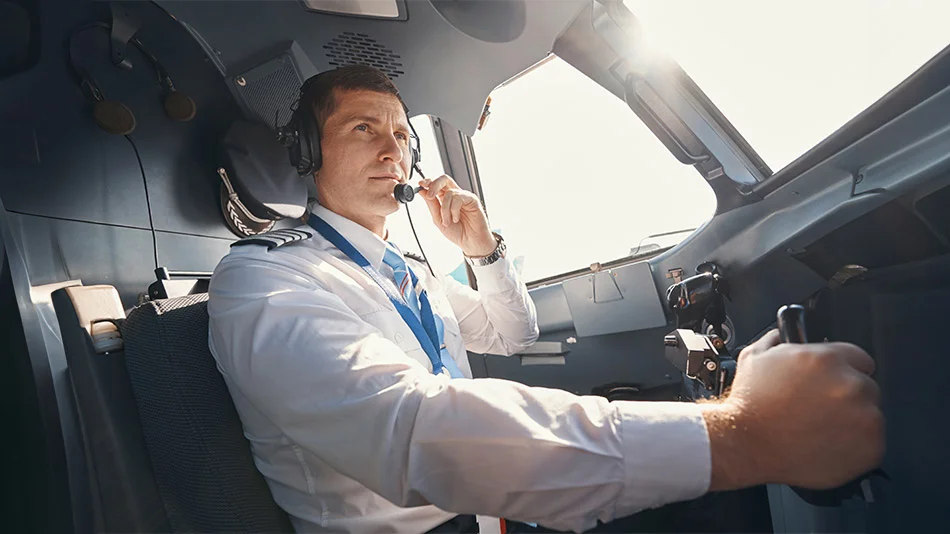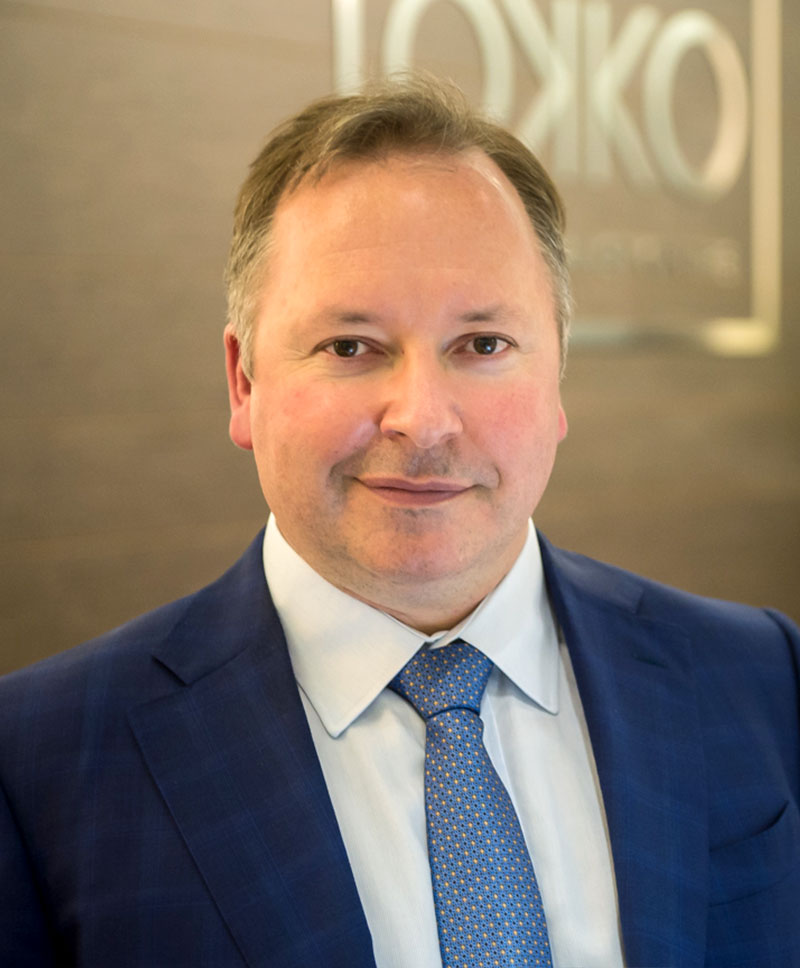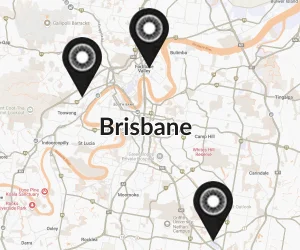
PRK surgery for pilots: A trusted choice for clearer vision in the sky
For pilots, good vision isn’t just helpful—it’s essential. Whether you're training for your commercial licence, already flying professionally, or just getting started in aviation, your ability to meet visual standards matters.
PRK (Photorefractive Keratectomy) is a flap-free laser eye surgery that’s trusted by military
1https://www.smh.com.au/national/laser-surgery-for-our-sas-troops-fighting-terrorism-20041226-gdkdt1.html and civilian pilots alike. In this post, we explore why PRK is often the preferred choice for aviation professionals, how it compares to LASIK, and what you should know before flying after surgery.
To learn more about the procedure, visit our PRK Surgery Brisbane page. Ready to take the next step? Take our suitability self-test.
Can pilots get PRK?
Yes. Most aviation authorities—including CASA (Australia)
2https://www.casa.gov.au/licences-and-certificates/medical-professionals/dames-clinical-practice-guidelines/laser-and-refractive-eye-surgery#Aeromedicalimplications, the FAA (USA), and military organisations3https://www.caa.co.uk/aeromedical-examiners/medical-standards/pilots/medical-conditions/visual/guidance-following-eye-surgery/—approve PRK for pilot candidates and licensed pilots, as long as your vision meets medical standards after healing.
PRK has been used successfully in thousands of pilots worldwide, including in the U.S. Air Force and Navy. Because it leaves no corneal flap, PRK is considered more stable under pressure and physical strain—two common elements in flight.
Which eye surgery is best for pilots?
Both LASIK and PRK are approved procedures, but PRK is often preferred in aviation.
The reason? LASIK involves creating a corneal flap. Although rare, there is a small risk the flap could shift or dislodge under physical stress—such as during G-force changes, barometric pressure shifts, or emergency situations
4https://www.healthline.com/health/eye-health/prk-vs-lasik#efficacy.
Since PRK doesn’t involve a flap, it’s seen as a safer long-term option for pilots.
Why PRK surgery for pilots is a preferred choice
- Flap-free procedure: No risk of future flap-related complications5https://www.allaboutvision.com/en-gb/vision-surgery/prk/
- Stable vision correction: Especially important for meeting Class 1 or Class 2 medical standards
- Minimal long-term complications6 https://www.ncbi.nlm.nih.gov/pmc/articles/PMC3520590/#!po=78.5714
While recovery takes longer, PRK offers greater peace of mind for pilots who need consistent visual performance in demanding conditions.
What pilots need to know about PRK procedure and recovery
PRK works by gently removing the outer layer of the cornea and reshaping the surface underneath using a laser
7 https://www.healthline.com/health/prk. After the procedure:
- A bandage contact lens is placed on the eye
- You'll need several days off screens and bright lights
- Vision is blurry at first but improves over 1–2 weeks
- Eye drops support healing and comfort
For pilots, it's important to plan time away from flight duties. Most aviation authorities require a waiting period (often 3 months) and evidence of visual stability before recertification.
PRK surgery outcomes and risks for aspiring and professional pilots
Most pilots who undergo PRK achieve excellent uncorrected vision.
Potential benefits:
- Improved visual acuity without glasses or contacts
- Freedom from lens fogging or shifting in the cockpit
- Better night vision in well-selected cases
Possible risks:
- Temporary glare or halos (usually resolve within weeks)
- Dry eyes (managed with drops)
- Delayed return to flying (important for career planning)8https://www.allaboutvision.com/en-gb/vision-surgery/prk/
A thorough consultation and clear communication with your aviation medical examiner (DAME) can help you navigate this process smoothly.
For pilots, vision matters more than most. PRK offers a safe, stable, and widely approved laser vision correction option for those in the skies.
Whether you're an aspiring cadet, a commercial pilot, or flying for the military, PRK can reduce your reliance on glasses or contacts—without compromising safety.
Take the PRK suitability self-test today to learn if you're eligible.

Hi, I’m Dr. Matthew Russell, a laser and cataract surgeon
HI I’M DR. MATTHEW RUSSELL A LASER EYE AND CATARACT SURGEON
With over 15 years of experience, I enjoy the privilege of helping patients of all ages reclaim clear vision or preserve it for as long as possible.
Vision correction and high-precision cataract surgery hinge on the expertise and skill set of the provider who also has access to the most precise tools for the job. Ophthalmic surgeons like me know how to make treatment safe, comfortable and positive for the patient. They know how to minimise the risk of complications and maximise successful outcomes.
I have a passion for helping my patients enjoy the clear, high-definition vision they need to live rich and active lives. Now, I have hand-picked a team of professionals that share my passion and commitment to exceptional care.
Dr. Matthew Russell
MBChB, FRANZCO






